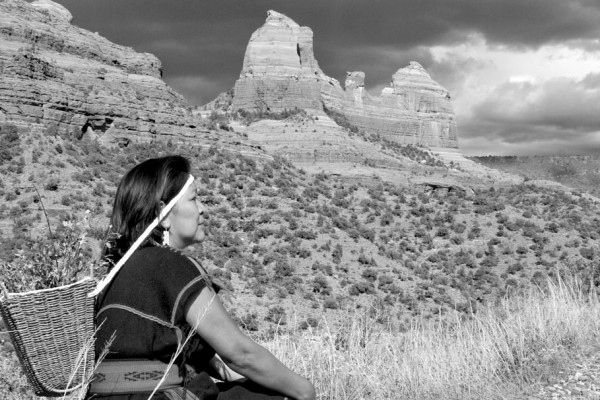Continued (page 7 of 10)
The movie also demonstrates the concept of music as a healing medium.
We know how music will immediately transport us to a time or a place or a high school moment, be it awkward or a great memory. That’s why Lt. Dan Band is a cover band. They only play one original song – as you see in the film. You hear Baba O’Reilly, and you know the words to it. It gives the troops a time out, a break, and maybe transports them home for a moment.
What should people take away from this film?
I did a private screening with Coach Pat Riley, who has been the coach of the [Los Angeles] Lakers and the Miami Heat. Here’s a guy with all these achievements throughout life, and he said to me, ‘I feel so inadequate.’ It’s not to put a guilt trip on people, but what we hear so much is that after watching the movie, people want to find a way to serve the military. One guy told us he saw a serviceman in the airport, and he walked over with his young son to thank him. We hope people will be motivated to not forget and to do something.
Thanks: Rita Rudner
Standup comedienne Rita Rudner visited Sedona for the first time last April when she performed at the Casino Royale fundraiser. When we spoke to Rita at the end of 2009, she told us about a movie she was making with her husband, producer Martin Bergman. That film, Thanks, will be shown at this year’s film festival. The movie chronicles one family’s experiences with the changing economy over a period of two years beginning in 2007. Rita plays Bunny, the family patriarch’s new wife. Currently, Rita has a standing gig at Harrah’s Las Vegas where she’s been performing since 2006. She spoke to us from Las Vegas about making Thanks.
Sedona Monthly: Thanks centers around Thanksgiving. Any resemblance between Thanksgiving in your home and Thanksgiving in the film?
Rita Rudner: No resemblance. We fabricated those Thanksgivings. It’s a fictional story centered around a non-fictional time in the history of America. It’s the story of a family’s financial problems starting in 2007 and ending in 2009. My husband, Martin Bergman, wrote the screenplay. We thought Thanksgiving was a great time for families to get together. He wanted to write something that spanned years. Three consecutive Thanksgivings was a wonderful way to present the story.
Why did you choose to start the film in 2007?
Because everything was so fantastic! Who would have known by 2008 the whole world would be down the plughole? And everybody was lying about the money they were making. We thought it was a fascinating time in financial history.
The film is all about change. It’s a great explanation of our financial meltdown, but it’s also about the idea of salvation through creativity.
I love that. One of my favorite explanations in the movie is the idea that if you pay $1 million for a rock and someone pays you $1 million for a rock, you still only have two rocks [laughs]. When you create something that really gives people enjoyment, you have something that’s there that you pay nothing for that helps people. That’s what we wanted to say. Martin calls it the triumph of art over commerce.
The whole feel of Thanks is very original.
Well, we try to be original all of the time. Martin manufactured this whole project in a totally original way. We didn’t audition anyone; we just hired people who we knew were talented, and he wrote the characters based on what he thought their strengths were. We also allowed a lot of people to have suggestions about what their characters would do or shouldn’t do. It was a joyous experience. We used our own house in California. The only part of the house we didn’t use was the master bathroom because I called it “the bathroom of tranquility.” When we weren’t filming, I had everyone come in the bathroom. I had scented candles and everyone would sit down on comfortable chairs and relax. At one point, there were 60 people in our house. All the toilets got plugged up, and we had to get a plumber in a hurry before everything exploded.
You also used the actor’s first names as the character’s names
We did because we all know each other. I was playing a person that wasn’t part of the family. I gave myself the name “Bunny” because my daughter loves bunnies. The movie was scripted, but we wanted to achieve a natural tone. People are talking around the table, talking over each other. It feels like eavesdropping, and that’s what we wanted to do. Martin wanted to make a movie with a European feel. It has a kind of quiet ambiance.



